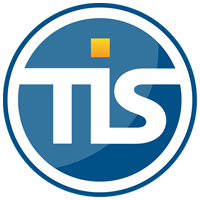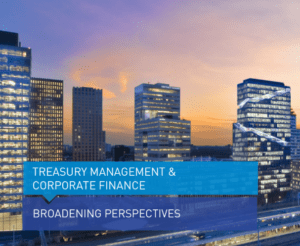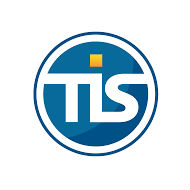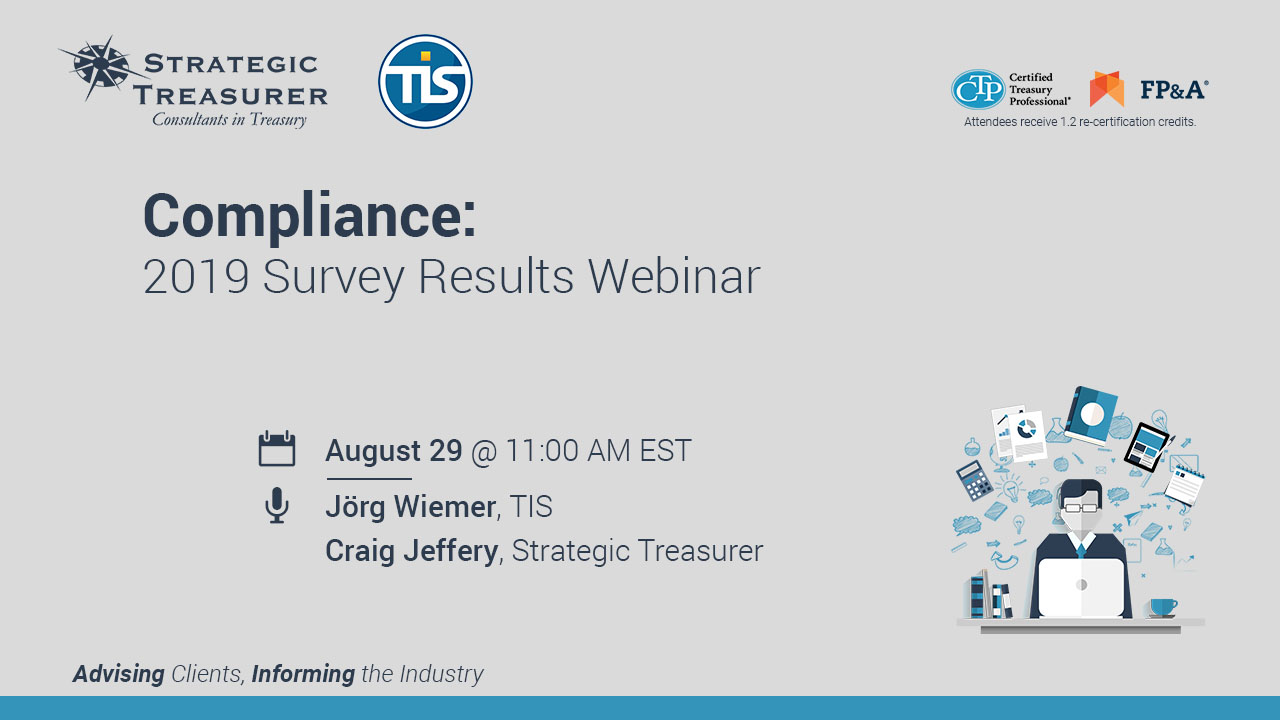7 New Register Treasurers
| 15-10-2019 | by treasuryXL | Kendra Keydeniers
Each year a new class starts with the two year RT program at the Vrije Universiteit (VU). That means that every year we can welcome new Register Treasurer (RT) graduates into the World of Treasury.
On October 3, 2019, the VU was proud to announce that they honored 7 new Register Treasurer graduates.
The post-graduate Executive Treasury Management & Corporate Finance programme at the VU has now been running for more than 20 years. The graduated RT’s of 2019 were part of the 21st class.
The RT programme and its benefits
The programme consists of 6 modules. Treasury (Financial) Risk Management and International Cash Management are traditional treasury disciplines. Corporate Finance is part of the Corporate Financial Management and Capital Markets and Funding module. The embedding of the treasury and corporate finance function in corporate organizations is discussed in the Treasury Organization module. An overview of relevant aspects in financial law and fiscal law is given in the Financial and Fiscal Law and Regulations module.
Each module is concluded with an exam. All modules are organized in such a way to allow for sufficient preparation time for assignments and exams.
5 key main benefits of the programme:
- Broad perspective on the corporate treasury and finance disciplines
- Master level and state of the art
- Interactive sessions
- Useful career development opportunities in a different setting
- Get connected to the treasury community
A career boost for the RT graduates
The main objective of the programme is to teach high-level courses that boost participants’ professional skills, knowledge and expertise in Treasury Management and Corporate Finance. Graduates of the RT programme recognize opportunities for exciting developments, are able to think out of the box and contribute to in-depth discussions with senior management and board members, which will lead to new career development opportunities and boosts job satisfaction.
Take a dive into RT career stories from graduates
The VU has been delivering RT graduates successfully for a few decades. That means that there are hundreds of graduates working, most of them in corporate treasury. How do their careers look like after they graduated? treasuryXL asked some of the RT graduates about their career development and their thoughts about the RT programme. Check it out:
- Steven de Klein, Cash & Currency Manager at Royal Boskalis Westminster NV
- Jarno Timmerman, Director Treasury EMEA at Nike
- Michel van Baardwijk, Treasurer at Vestia
- Richard Blokland, Corporate Treasurer at NewCold
- Mathieu Ummelen, Treasury and Corporate Finance interim professional
Graduated as a RT and ready for a new treasury challenge?
Being a RT opens doors to new challenges more easily. Are you looking for an interim or a permanent position? Do you want to work in a small business or rather prefer a big corporation? If you want to make a switch in your career and you are open for a new adventure than I would highly recommend to contact our partner Treasurer Search. Treasurer Search is a successful treasury recruitment company, founded 10 years ago with consultants that have experience in treasury recruitment up to 20 years.
Do you have any questions about the RT programme? Are you a RT who want to share your career development via an interview? Or do you have any other related questions or remarks about the RT topic? You can contact me directly via:
 Kendra Keydeniers
Kendra Keydeniers
Community & Partner Manager at treasuryXL











